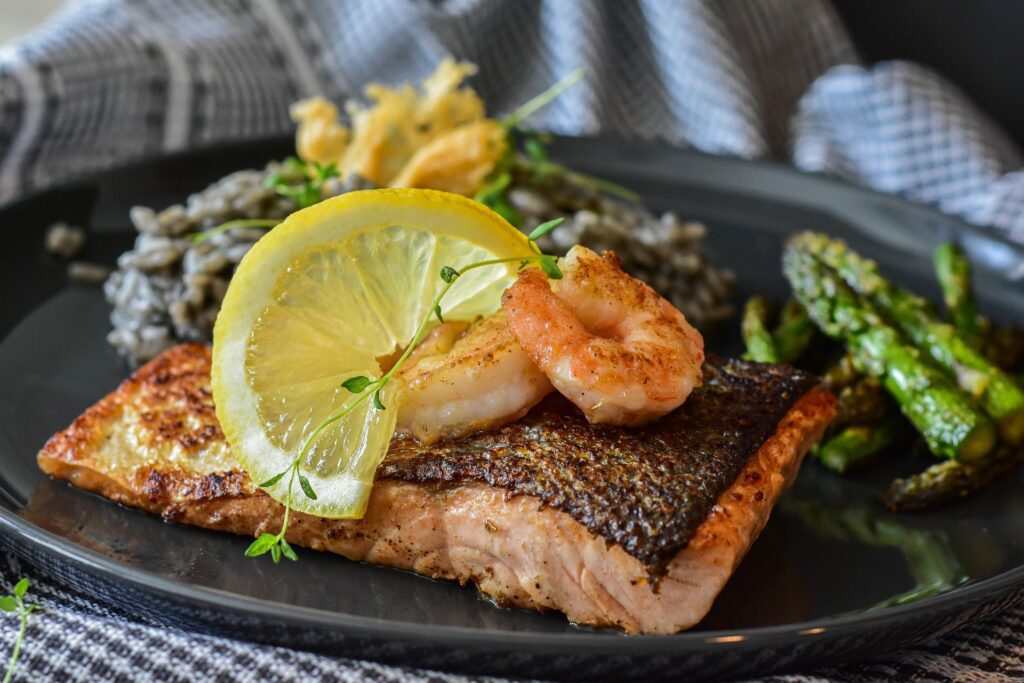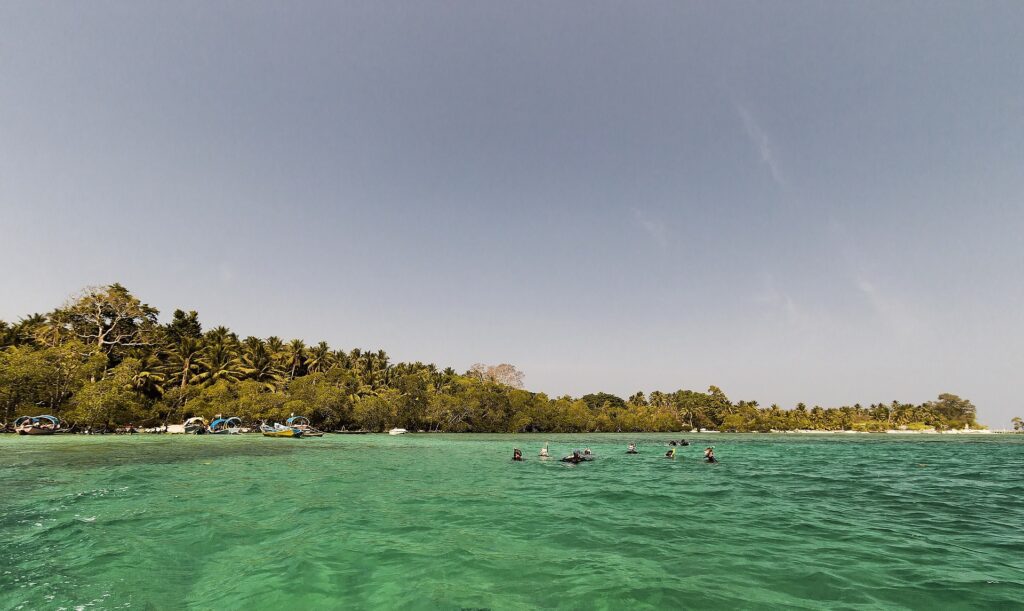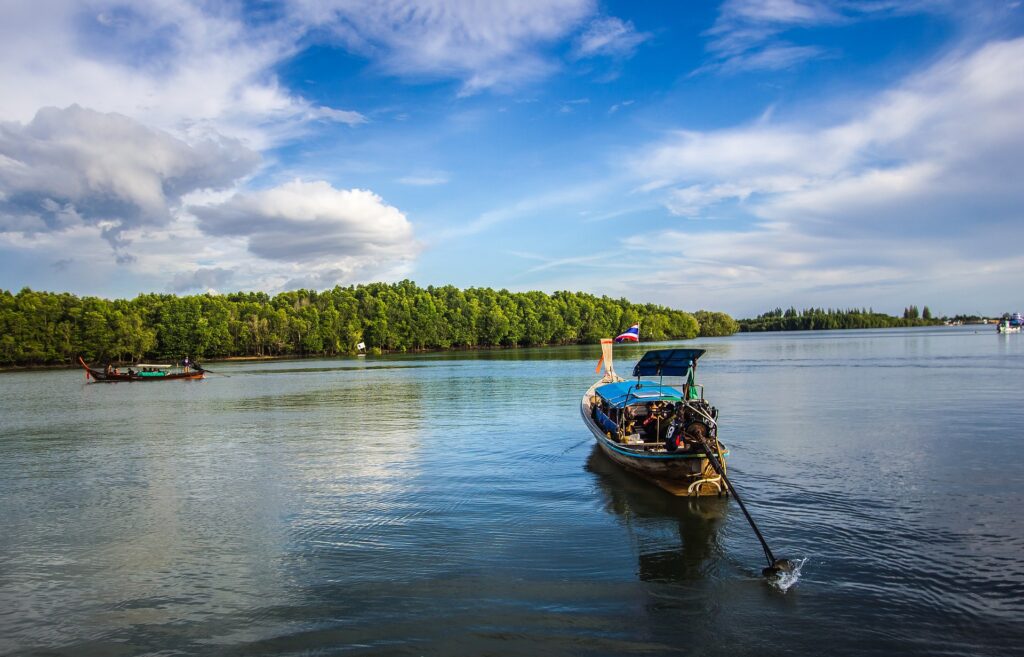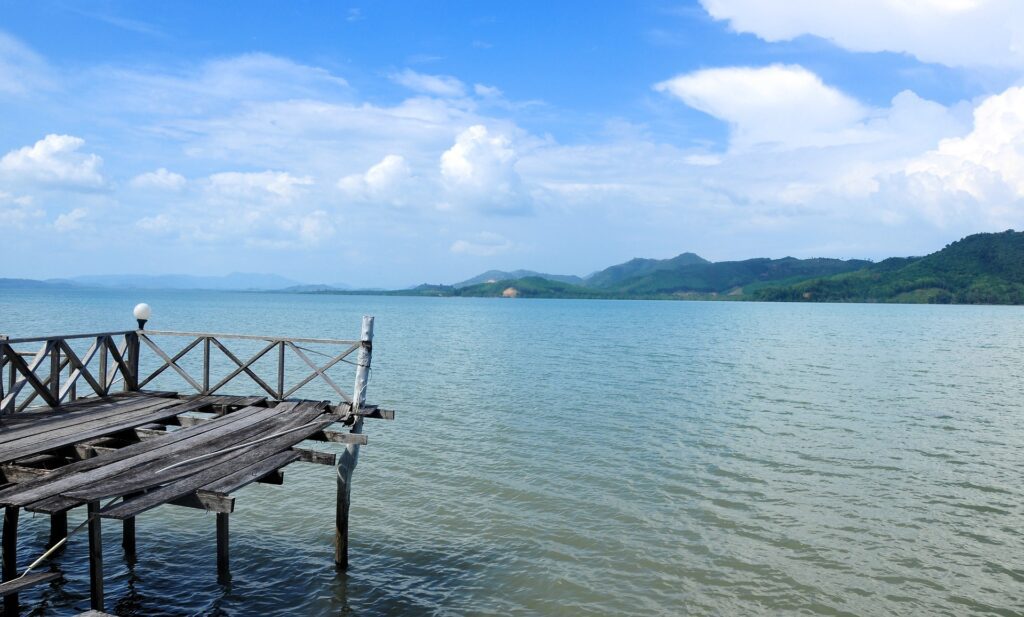

The Andaman and Nicobar Islands are a group of islands at the southeastern edge of the Bay of Bengal. The Andaman Islands are home to the indigenous Andamanese people, while the Nicobar Islands are primarily inhabited by the Nicobarese. The islands are a Union Territory of India and are known for their stunning beaches, lush forests, and diverse wildlife, including elephants, saltwater crocodiles, and various species of birds.
Visa requirements in Andaman
Foreign nationals traveling to the Andaman and Nicobar Islands are required to have a valid visa. For tourists visiting the islands for leisure purposes, a tourist visa is usually required. This type of visa is valid for a maximum of 180 days and allows multiple entries into the country. For business or professional purposes, a business visa may be required. This type of visa is valid for up to 5 years and allows multiple entries into the country. For students and individuals participating in research or academic programs, a student visa or a research visa may be required.
It is important to check the visa requirements and regulations with the Indian embassy or consulate before traveling to the Andaman and Nicobar Islands.
Geography of Andaman
The Andaman and Nicobar Islands are a group of 572 islands located in the Bay of Bengal, to the east of the Indian mainland. They form an archipelago and Union Territory of India. The Andaman Islands are located to the north of the equator, while the Nicobar Islands are located to the south.
The islands are characterized by a hilly terrain and lush tropical forests, with mangrove swamps along the coastlines. Some of the notable geographical features of the Andaman and Nicobar Islands include Saddle Peak, the highest point in the Andaman Islands, and the active volcano, Barren Island.
The Andaman and Nicobar Islands are surrounded by rich marine life, including coral reefs and diverse species of fish and sea turtles. The islands are also home to several wildlife sanctuaries and national parks, including the Mahatma Gandhi Marine National Park and the Campbell Bay National Park.
Travel and Safety Requirements in Andaman
The Andaman and Nicobar Islands are generally considered safe for travelers, however, it’s always recommended to take some precautions to ensure a safe and enjoyable trip. Here are some tips for traveling safely in the Andaman and Nicobar Islands:
- Familiarize yourself with the local laws and customs of the Andaman and Nicobar Islands and make sure to respect them.
- Keep yourself updated on any potential safety threats or travel warnings issued by the government.
- Avoid wearing expensive jewelry or displaying large amounts of cash, and be cautious when using ATMs.
- Use caution when swimming or snorkeling: Be aware of potential dangers such as strong currents, jellyfish, and coral reefs.
- The Andaman and Nicobar Islands are prone to natural disasters such as hurricanes, tsunamis, and earthquakes, so be prepared and follow any safety instructions provided by the local authorities.
Overall, by being informed, aware, and respectful, you can have a safe and enjoyable trip to the Andaman and Nicobar Islands.
Money and Banks in Andaman
The currency used in the Andaman and Nicobar Islands is the Indian Rupee (INR). ATMs and banks are widely available in the major cities and tourist areas, including Port Blair, the capital of the Andaman and Nicobar Islands. The banks offer a range of services, including currency exchange, ATM services, and money transfers.
It is recommended to carry some cash with you when traveling to the Andaman and Nicobar Islands, as not all small shops and restaurants may accept credit cards. Major tourist attractions and hotels usually accept credit cards, but it’s always a good idea to check beforehand.
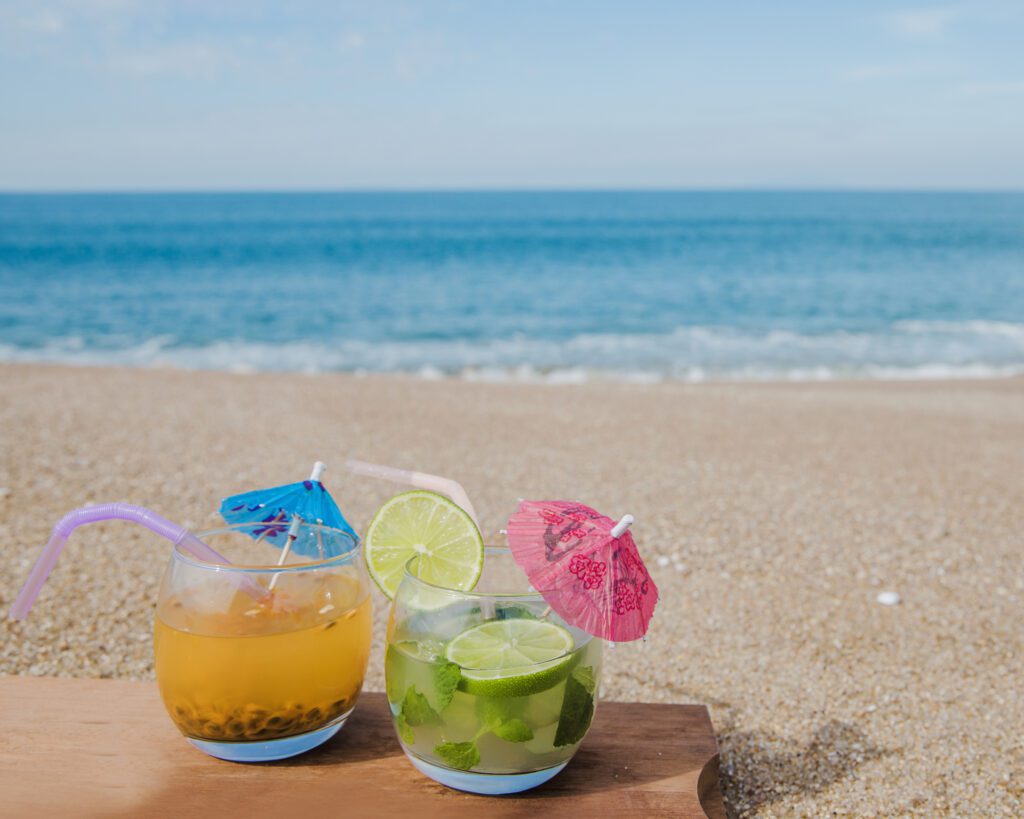

Food and Drink in Andaman
The Andaman and Nicobar Islands offer a diverse range of culinary options, with influences from Indian, Chinese, and Continental cuisines. Seafood is a staple in the local cuisine, with fresh fish, prawns, and lobster being widely available. In addition to local cuisine, there are also several restaurants and cafes in the major cities and tourist areas that serve international cuisine, including Indian, Chinese, Continental, and fast food.
Local drinks include coconut water, a refreshing and hydrating drink that’s widely available, as well as mango lassi, a sweet yogurt-based drink. Indian tea and coffee are also popular, and are widely available in the local cafes and restaurants.
Culture of Andaman
The Andaman and Nicobar Islands have a diverse cultural heritage due to the presence of various ethnic groups, including the indigenous tribes, settlers from mainland India, and immigrants from other countries. The indigenous tribes, such as the Great Andamanese, Onge, and Jarwa, have their own unique cultures and traditions that have been passed down through generations.
The settlers from mainland India have brought with them their own cultural practices, religions, and languages, which have blended with the local traditions to create a unique cultural identity. For example, the Hindu and Muslim festivals are widely celebrated in the islands, along with local festivals such as the Island Tourism Festival and the annual Boat Race.
Overall, the culture of Andaman and Nicobar Islands is a fascinating blend of different cultural influences, reflecting its rich history and diverse population.
Travel around Andaman
In the Andaman and Nicobar Islands, you can use the local transportation options, such as taxis, buses, ferries, and private car rentals, to travel to your desired destinations within the islands.
Taxis are widely available in the major cities and tourist areas, including Port Blair, the capital of the Andaman and Nicobar Islands. Local buses are an affordable and convenient option for travel within the islands. They operate regularly between the major cities and tourist areas.
Ferries are a popular mode of transportation for travel between the islands, as well as for reaching some of the more remote destinations. There are several private and government-run ferry services available, with regular departures from Port Blair. Private car rentals are also available, although they may be more expensive than other modes of transportation.
How to reach Andaman
The main airport in the Andaman and Nicobar Islands is Veer Savarkar International Airport in Port Blair, the capital of the islands. There are daily flights to Port Blair from major cities in India, including Kolkata, Delhi, and Chennai. A passenger ship also operates regularly between Kolkata and Port Blair, with a journey time of approximately 60 hours. This is a convenient option for those who want to experience the scenic beauty of the Bay of Bengal and the Andaman Sea. Cruise ships also operate between several Indian ports and the Andaman and Nicobar Islands, offering a more luxurious way to reach the islands.
Best time to visit Andaman
The best time to visit the Andaman and Nicobar Islands depends on your personal preferences and travel goals. However, the best time to visit for the best weather is from October to May, when the skies are clear and the monsoon season has ended.
The Andaman Sea is best for water-based activities from December to May, when the sea is calm and clear. During the monsoon season, from June to September, the sea can be rough and it may not be safe for water-based activities.
The tourist season in the Andaman and Nicobar Islands peaks from December to February, when the weather is warm and dry, and many of the major tourist attractions are open. This can also be the busiest and most expensive time to visit, with long lines and crowded beaches.
Ultimately, the best time to visit the Andaman and Nicobar Islands depends on your personal preferences and travel goals. If you’re looking for a more relaxed and less crowded experience, consider visiting during the shoulder seasons, from June to August or from September to November. If you’re interested in water-based activities and want to avoid the monsoon season, consider visiting from December to May

